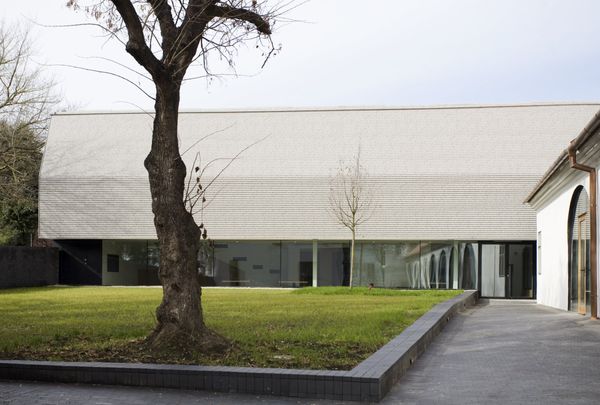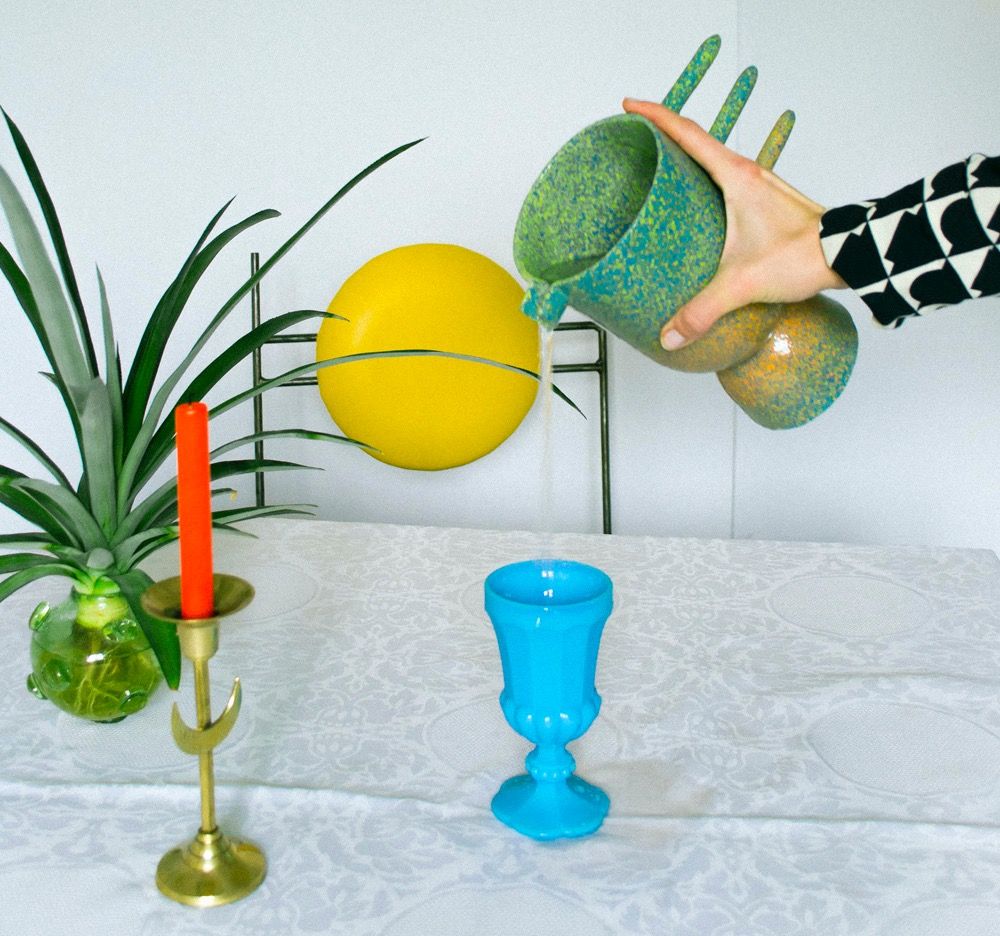Objects boasting a peculiar design and conveying feelings to observers, with functions that might seem unclear at first glance—UAU’s products take an intimate and intuitive approach to ceramics. We asked founder Vanessa Singenzia to tell us about her creative attitude and her studio in Cluj-Napoca.
Vanessa started to form an interest in art while still in high school. At the time, she thought that architecture was the right choice for her, and so she continued her studies in France: “I moved to Paris because at that time it seemed the best decision for my architectural career. Little did I know that seven years later fate will bring me back to my hometown” Vanessa shared with us.

As the medium of water and clay offers more freedom to her in terms of creation, her interest gradually shifted towards the world of ceramics. The thought of establishing her own brand and ceramics studio came in 2017, after spending a year in Spain experimenting with several types of clay and modeling techniques. She created her first lighting collection during the time spent there, in which she combined various materials with neon light, thus creating a wow-feeling in the observers. This feeling continues to determine the shape of her objects, and this is where the name of her brand comes from, too: “uau” means “wow” in Romanian.
“To me, ceramics came as a more organic alternative of self-expression compared to the technical environment in which I was initially working. I remember that at first it was more out of an intuitive impulse: I knew nothing about that field when I started, and at the beginning it was just an exploratory state of mind which remained with me throughout my artistic development,” Vanessa pointed out.
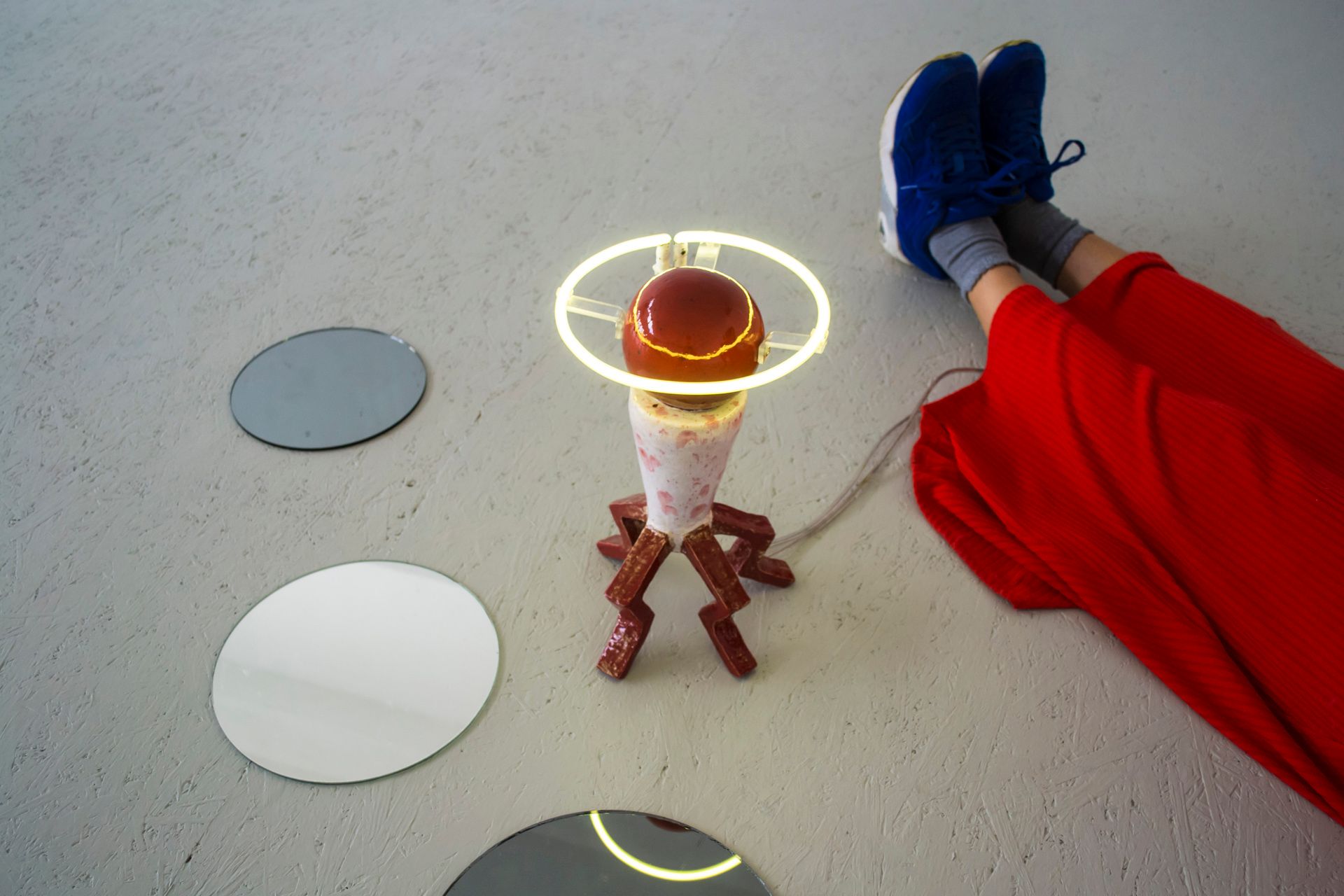
In addition to architecture and art, her main sources of inspiration also include the Italian design of the sixties, seventies and the eighties. Her creative attitude is characterized by an instinctive and free formation of materials, putting to use intuition when making a given object. In her hands, the various objects take unusual and surprising forms, thus affecting the emotions of users.
“I work somewhere between art and design: my objects include home products, decorative art and sculptures. To me, the impression people take with them in regards to my work is really important because it fuels my imagination. The fact that everybody will understand something different makes this creative process so beautiful and personal at the same time. That’s why I try to reflect a part of my own being in everything I do. Bright, bold and colorful with a tint of playfulness is what I actually am. More than anything, I want my creations to set a mood, to convey a feeling,” Vanessa explained.

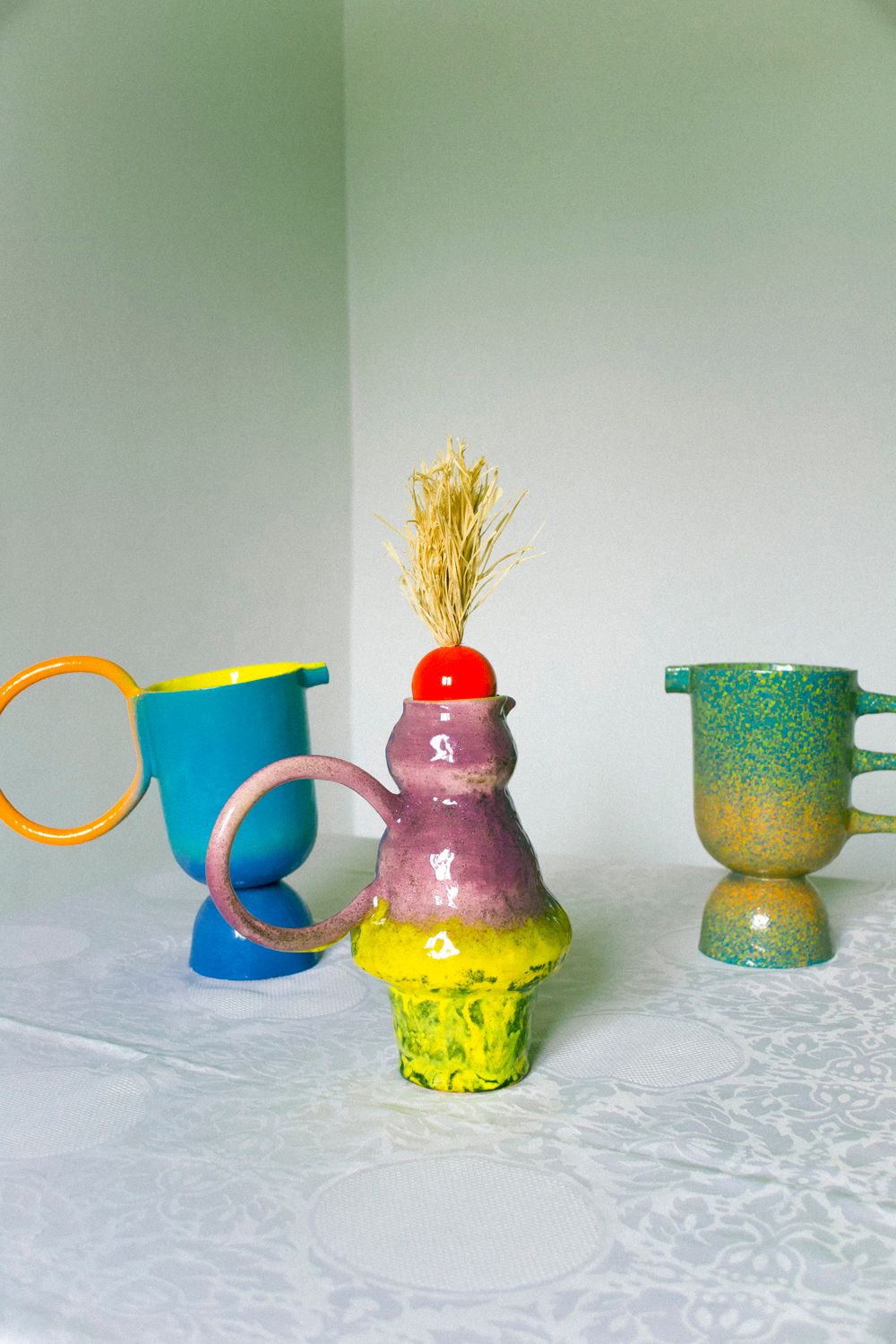
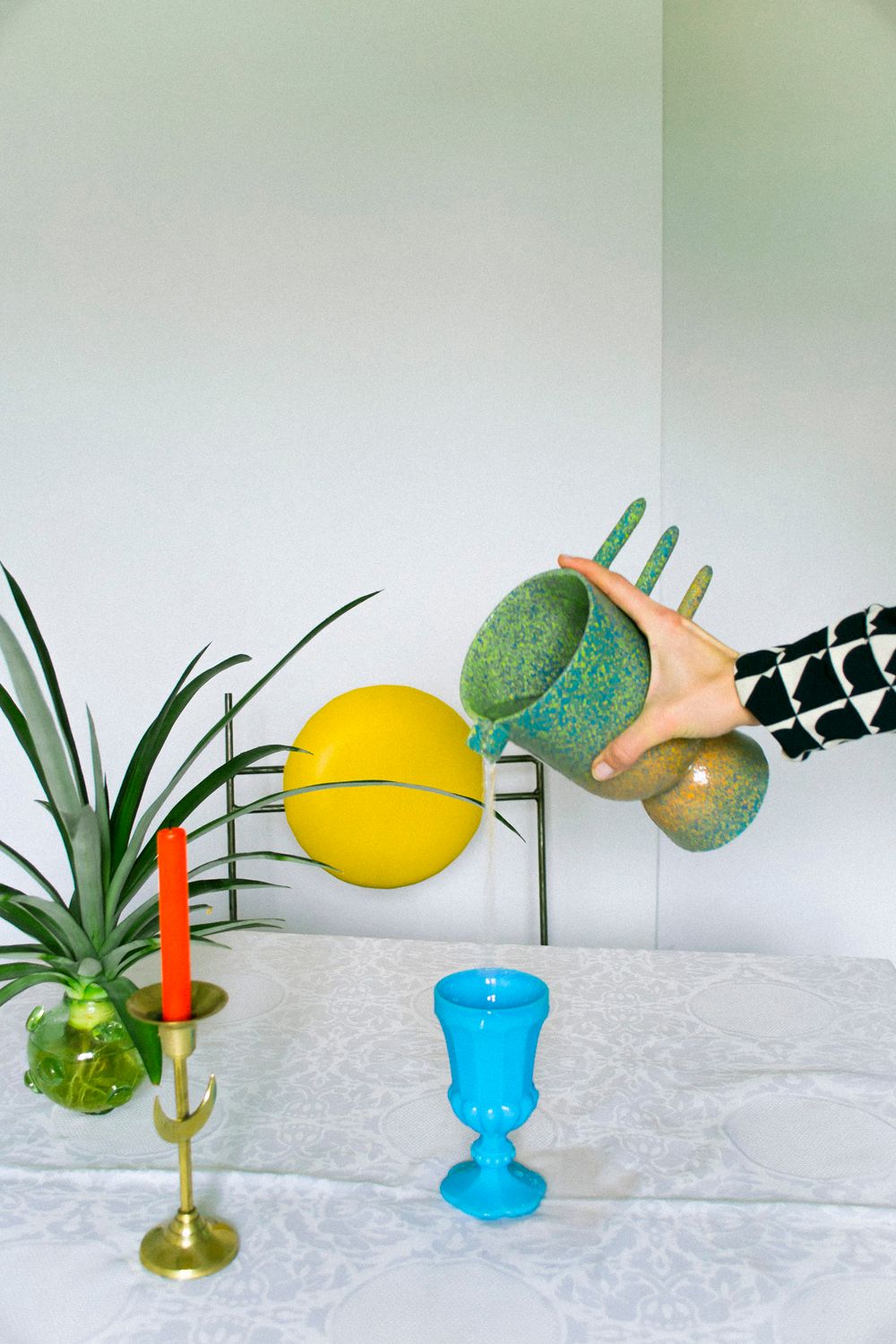
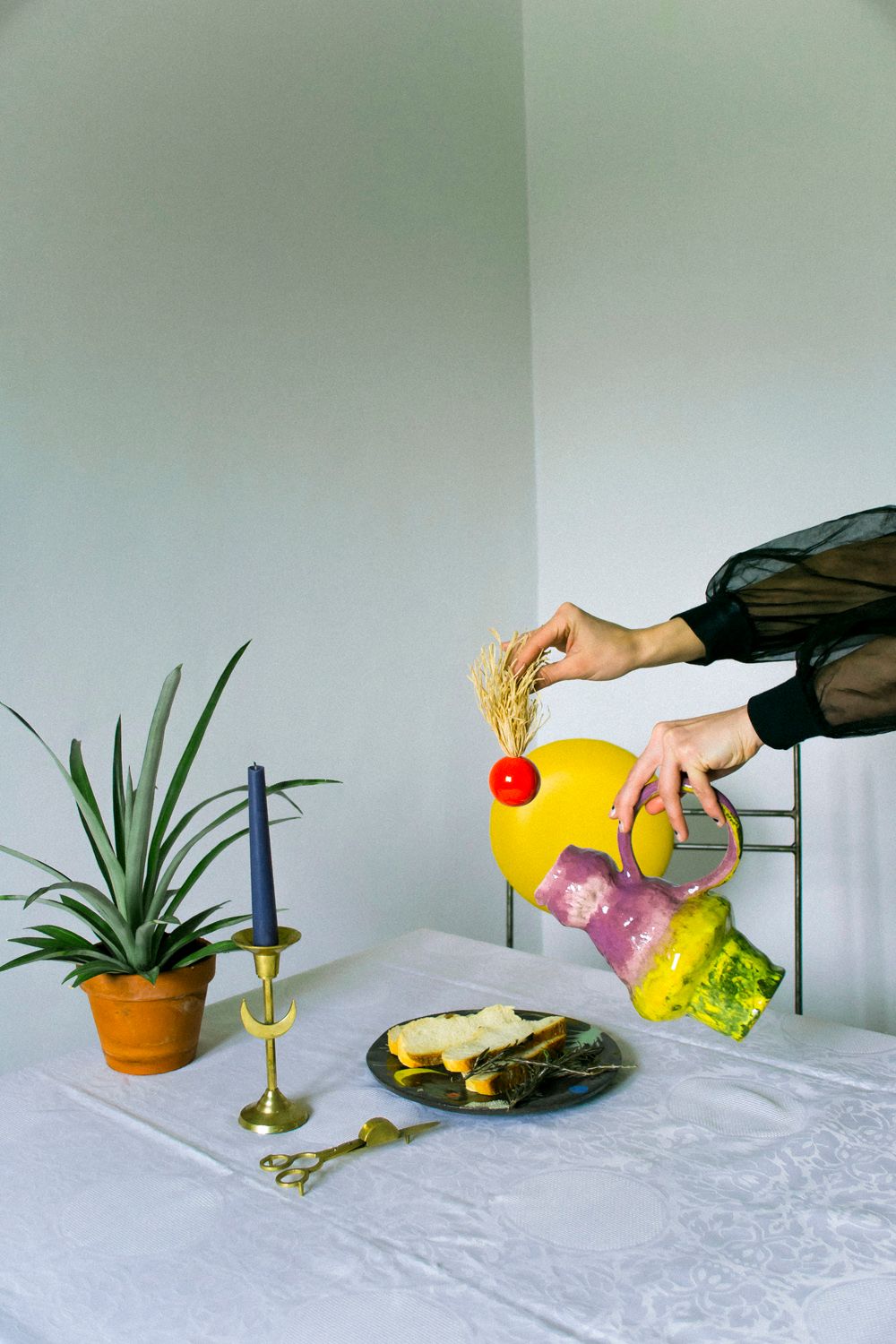
At the moment, Vanessa is working with textile designer Denise Berekméri on a new, limited edition lamp collection, expected to debut during the summer. Until then, check out UAU’s Instagram page, and grab the brand’s peculiar objects here and here.
Portrait photo: Medeea Bunea
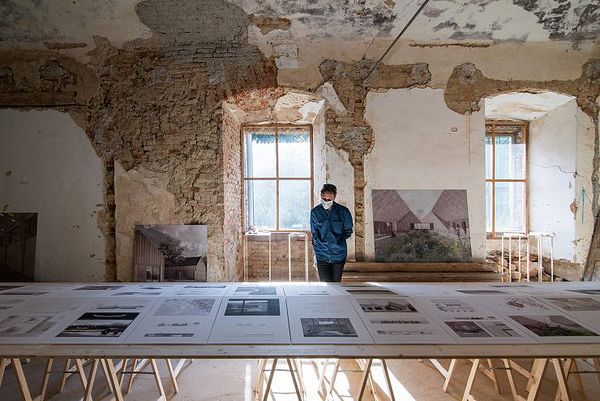
The revival of Castle Grad | ARREA architecture

Hourglass book for Örkény's One Minute Stories | Book concept by Regina Vitányi
